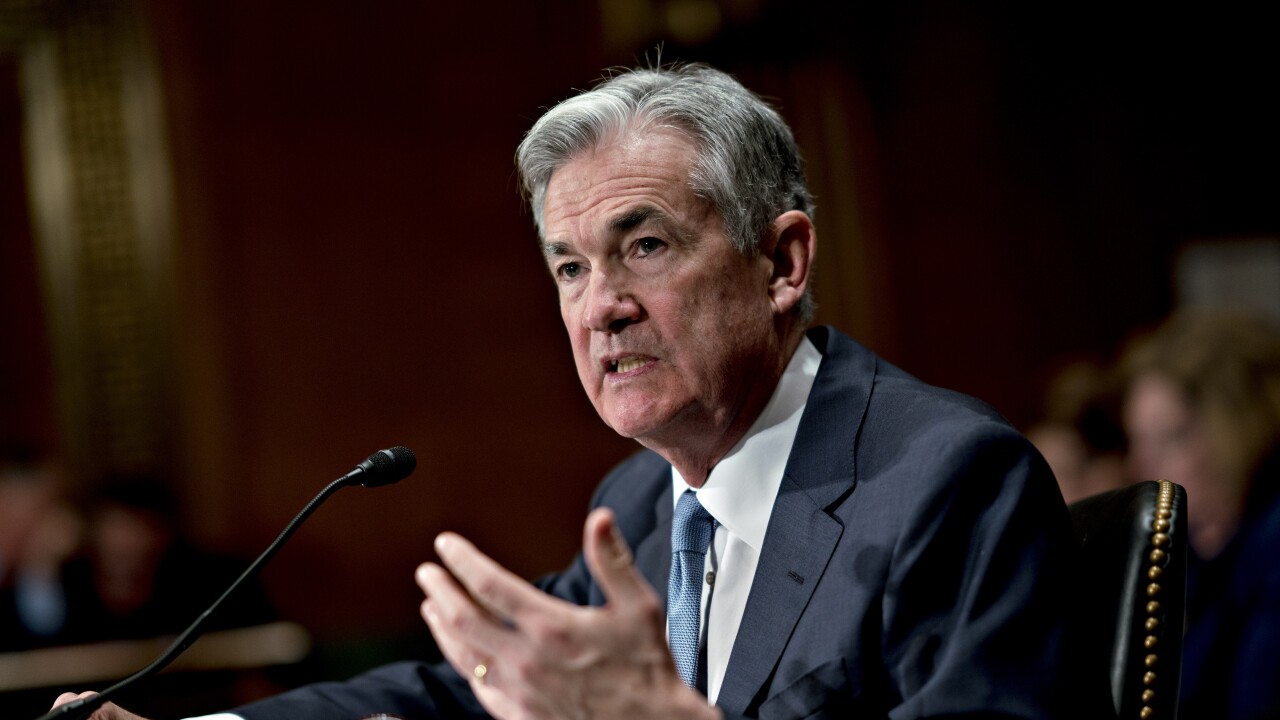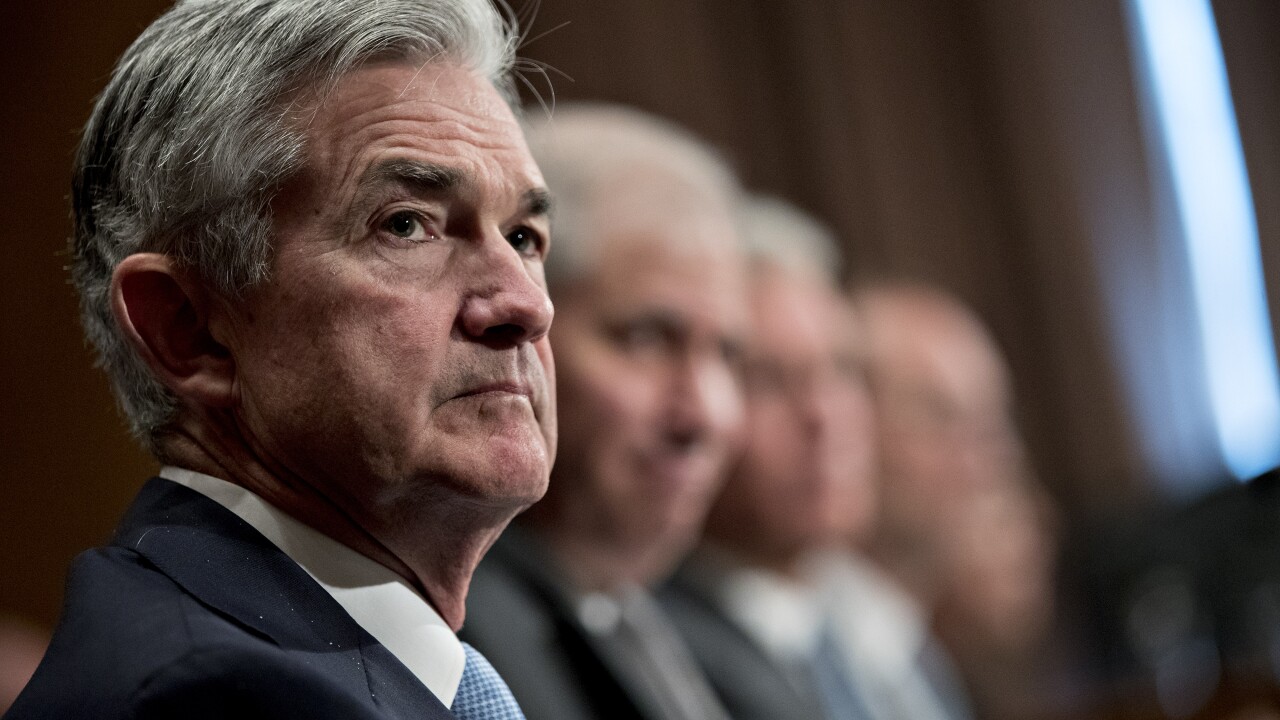-
The most telling part of Fed Chair Jerome Powell's appearance before the Joint Economic Committee was when he refused to commit to the fed funds rate staying where it is for the next year.
November 13 -
With the fed funds rate target cut to a range of 1.50% to 1.75%, the Federal Reserve may not have enough firepower to respond to the next economic shock.
November 12 -
Unlike previous central bank chiefs, Powell’s chances of being renominated by either the current president or many of the Democratic contenders are slim.
November 10 -
Analysts are skeptical of Fed Chair Jerome Powell's signal that policy makers will keep rates at a range of 1.50% to 1.75%.
October 31 -
While a rate cut is likely next week, dissent on the Federal Open Market Committee may hold the key for future moves.
October 25 -
Observers said the opponents of further rate cuts on the Fed tend to be the non-voters.
September 19 -
The Federal Open Market Committee meeting featuring the release of a new Summary of Economic Projections should give the market a better clue as to whether the expected rate cut is part of a mid-cycle adjustment or the second step in an easing cycle.
September 16 -
The Federal Reserve is likely to cut interest rates this week as its takes out some insurance to keep the U.S. economic expansion continuing in the face of geo-political uncertainty and a global slowdown.
September 16 -
President Donald Trump urged the Federal Reserve to lower interest rates to a level typically reserved for recessions or periods of persistently weak growth, suggesting that such a setting could allow the government to restructure Treasury debt at a lower cost.
September 11 -
Federal Reserve Chairman Jerome Powell said the most likely outlook for the U.S. and world economy is continued moderate growth, but the central bank was monitoring “significant risks.”
September 6







